Photodynamic therapy combines light and a photosensitizer to generate reactive oxygen species to induce cellular damage.


Photodynamic therapy combines light and a photosensitizer to generate reactive oxygen species to induce cellular damage.
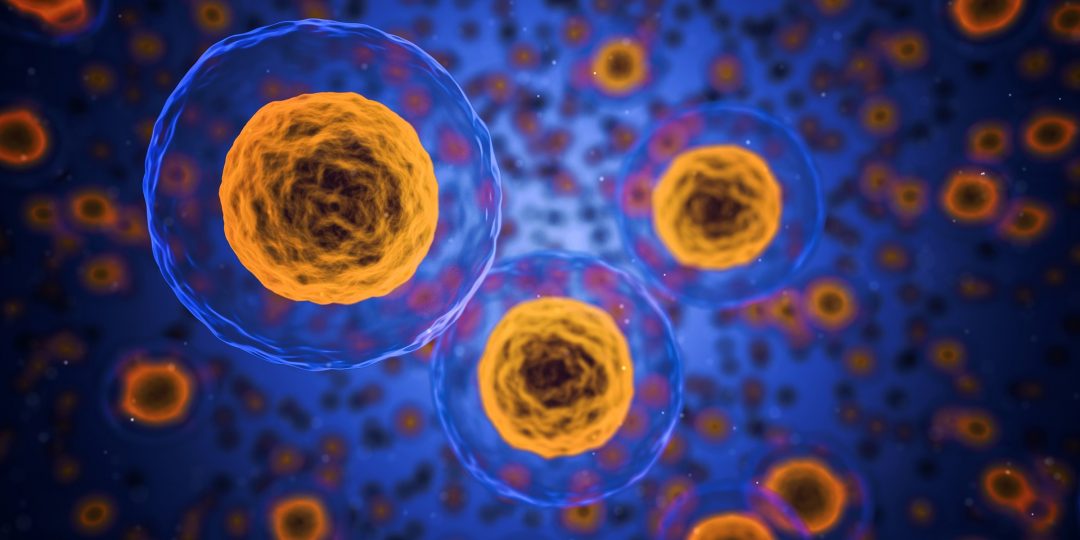
The Droplet Microarray (DMA) is a high-throughput platform for drug screening.

Novel biocompatible nanocapsules for combined nanocatalytic, photothermal, and chemotherapy.
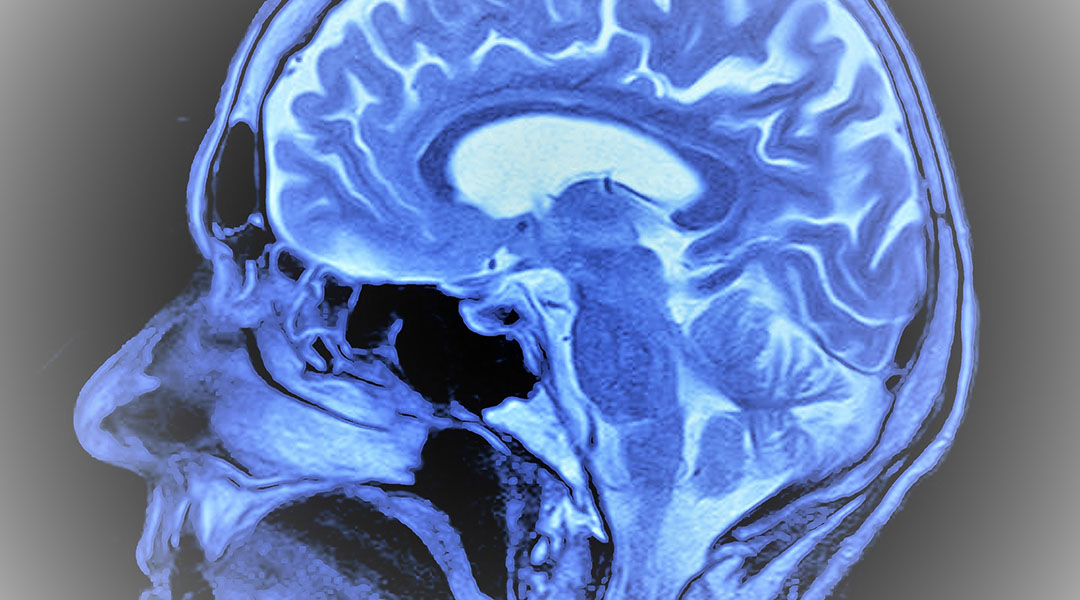
Distinguishing tumors from normal brain cells is important in diagnosis and is particularly challenging in glioma (a type of tumor that occurs in the brain and spinal cord) surgery due to the lack of clear interfaces between healthy and affected cells. Prof. Marie...

Aged tissues bear the hallmarks of chronic inflammation.
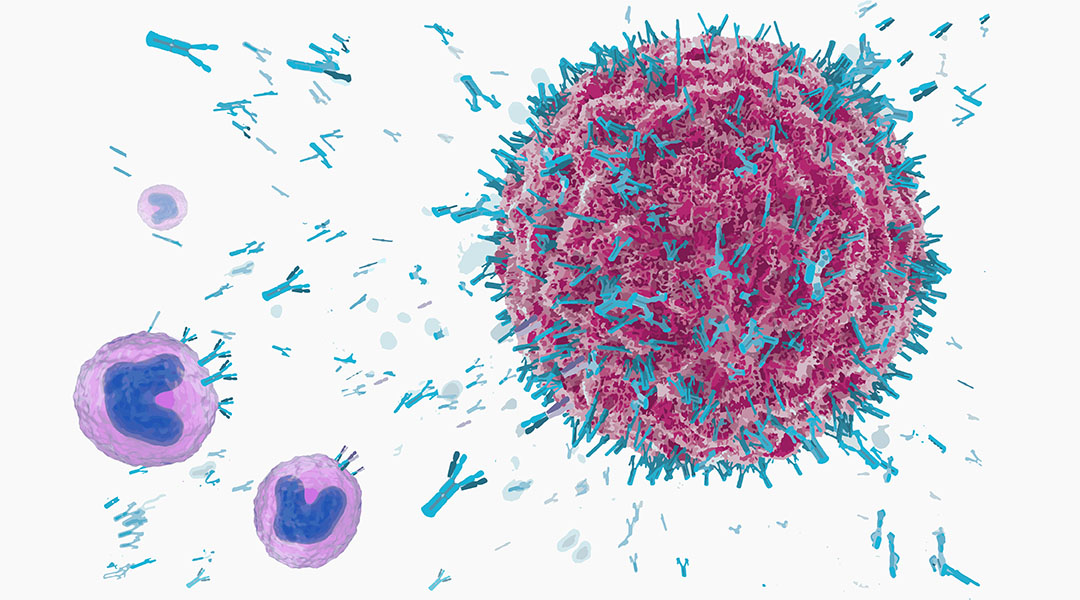
The immunoglobulin G scaffold can be engineered to increase stability, improve efficacy, and allow novel functionality as a potent anti‐cancer therapeutic.

A fundamental challenge in the study of cancer biology is to uncover molecular mechanisms that lead to malignant cellular transformation.

A new delivery system for siRNA targeting lung T cells.
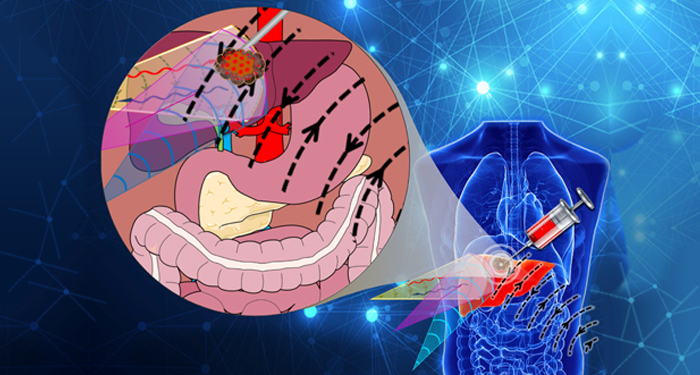
Multimodal imaging for guided injection and positioning of eccentric magnetic microcapsules with electromagnetically controlled drug release.
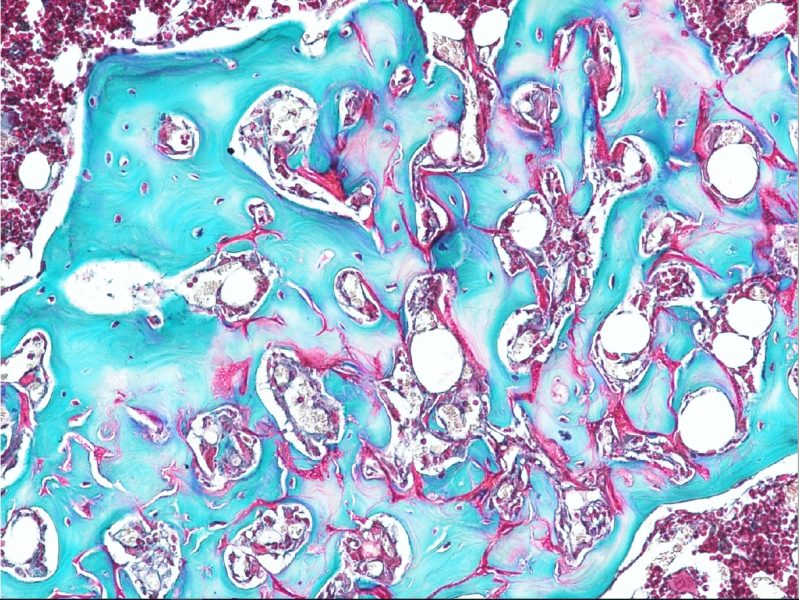
Harnessing an individual’s immune cells to mediate antitumor and antiviral responses is a life‐saving option for some patients with otherwise intractable forms of cancer and infectious disease.